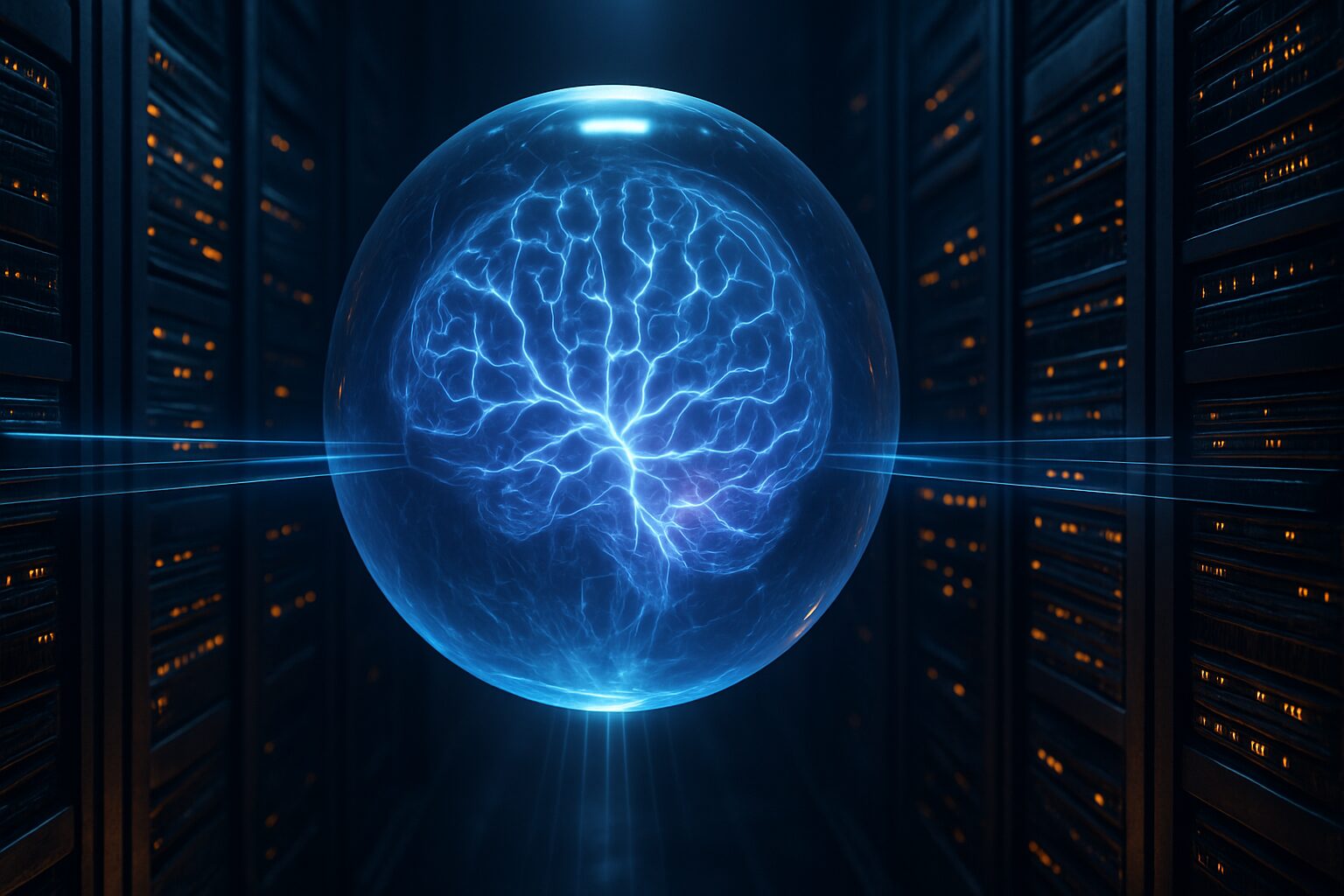OpenAI is preparing to launch GPT-5, and there is an air of anticipation in the tech world. The new model is set to marry huge pretraining with new test-time compute, a method that enables the model to reason and solve problems more effectively on demand. While it may not be a leapfrog development from GPT-4, GPT-5 is a thoughtful upgrade when it comes to performance, particularly in coding and logic tasks.
At the same time, cloud infrastructure spending is through the roof. This is driven by growing AI training and deployment requirements. Google, Microsoft, and Amazon are pouring money into data centers and hardware capable of supporting advanced AI models, which require unbelievable amounts of computation.
Let us dive deeper into what GPT-5 has promised to provide, where it stands in the grand AI ecosystem, and why the tide of infrastructure investment is now more relevant than ever.
Smarter AI with Test-Time Compute
GPT-5’s most talked-about feature is test-time compute. Unlike earlier models that can only draw from static training data, GPT-5 can make use of more compute power when it comes across difficult reasoning or mathematics tasks. It gives it more room to be adaptable and wise when approaching challenging prompts.
Early adopters have noticed enhanced performance in coding and structured problem-solving. Such advantages are meaningful, especially for developers and professionals who work with AI in technical tasks. The boost in ability is not so much revolutionary as it is about refinement, however. GPT-5 does not break new ground, but rather sharpens and builds upon what GPT-4 can already do well.
Cloud Infrastructure: The Backbone of Modern AI
It takes a monumental task to train and run large language models. It involves an enormous amount of computing resources. Cloud infrastructure costs are therefore increasing at breakneck speed. In the second quarter of 2025 alone, global cloud spending was at $99 billion, up by over $20 billion year over year.
Google Cloud, a market leader in this space, saw its revenue grow by 32% to $13.6 billion. The company’s infrastructure commitment backlog is now more than $100 billion. Google has ramped up its capital expenditure to a record $85 billion for the year to keep up with demand for AI.
Other technology giants are on the same path. Amazon, Microsoft, and Meta are expanding more data centers, adding their AI-friendly capabilities and securing the necessary chips to run sophisticated models. Entrants such as CoreWeave are also stepping into the game now, with GPU-dense infrastructure designed specifically to support AI workloads.
All this investment powers the ever-growing need for fast, reliable, and elastic computation. With greater sophistication, more resources are needed. Without proper infrastructure, even the most brilliant models are not able to perform optimally.
Why This Matters for Developers and Businesses
For coders, GPT-5 would be a new ability. Its more advanced reason and problem-solving processes can aid with everything from coding software to research to content creation. To that end, however, maximizing the use of GPT-5 will depend on having access to the right cloud infrastructure.
Optimized for AI cloud platforms, such as those with TPUs or higher-end GPUs, will be crucial. Since compute is only getting more expensive, most developers will have to take multi-cloud strategies or find platforms that best give the value for performance.
For companies, the terrain for AI is transforming fast. For those wanting to add AI to their operations, they need to budget for infrastructure as well as software. That means studying which cloud vendors offer the right mix of performance, scalability, and price. It means being ready to adapt as newer models and tools emerge.
Cloud Investment Shapes the AI Market
The race to lead in AI isn’t just about better models. It’s also about who can offer the infrastructure to support them. With so much money being poured into data centers, chips, and networking, we’re seeing a kind of arms race between tech giants.
This trend is both opening doors and presenting challenges. On the one hand, immensely powerful new technologies like GPT-5 are more accessible. On the other hand, the expense of running these models can potentially widen the gap between big technology giants and small startups. Those who lack deep pockets or solid partnerships could struggle to keep pace.
We’re also starting to see the environmental impact of all this growth. Large data centers require enormous amounts of energy. As the industry grows, sustainability will become an even bigger concern. Cloud providers that can offer both high performance and lower emissions may gain an advantage.
What to Watch Moving Forward
Several key developments are worth keeping an eye on.
- First, the rollout of GPT-5. OpenAI can roll it out in stages, initially to developers and enterprise users. On performance and price, it could soon become a key part of a lot of AI activity.
- Second, even greater growth in cloud infrastructure spending. The trend shows no slowing. Expect even more money going into specialty chips, high-speed networking, and smart data center designs.
- Third, leadership shifts in the cloud industries. While AWS has long been at the wheel, Google Cloud and Microsoft Azure are gathering steam, especially with AI emphasis. The competition can give better prices and new offerings to customers.
- Lastly, look for how smaller companies manage. Either by alliances, niche infrastructure firms, or open-source software, they’ll have clever strategies to stay competitive in an increasingly tough landscape.
Final Thoughts
GPT-5’s launch is a milestone for OpenAI but only one part of a much larger story. As models get smarter, so does the infrastructure required to support them. The boom in cloud spending today reflects that trend and sets the stage for what’s to come with AI innovation.
For coders, entrepreneurs, and tech enthusiasts, the time is now to find out about the models themselves as well as the supporting infrastructure. GPT-5 is more intelligent than GPT-4, but whether or not the world will be able to welcome it remains to be seen.



